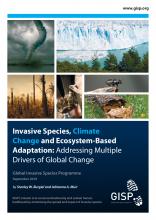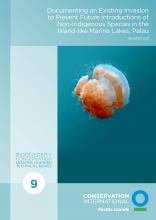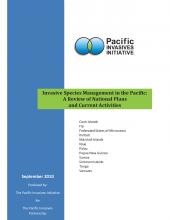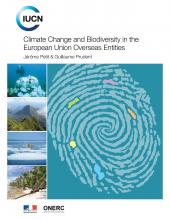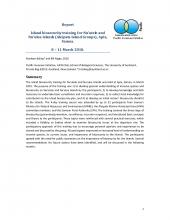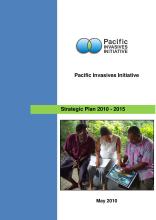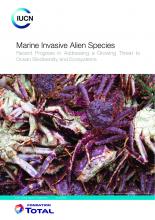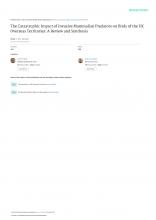Invasive species management in the Pacific: a review of national plans and current activities


Island and Ocean Ecosystems, BRB
Available Online
This review was prepared by the Pacific Invasives Initiative (PII) on request from the Pacific Invasives Partnership (PIP). It was undertaken to examine the invasive species management components within the National Biodiversity Strategy and Action Plans of twelve Pacific island countries (PICs): Cook Islands, Fiji, Federated States of Micronesia, Kiribati, Marshall Islands, Niue, Palau, Papua New Guinea, Samoa, Solomon Islands, Tonga and Vanuatu. The results of the review show that invasive species management is included as a component in eleven National Biodiversity Strategy and Action Plans, Marshall Islands being the only country not to include invasive species management. Five countries have also developed National Invasive Species Action Plans: Federated States of Micronesia (for Kosrae, Pohnpei and Yap), Kiribati (for Kiribati and Line Islands), Marshall Islands, Palau and Samoa; to support their National Biodiversity Strategy Action Plans and to provide a framework for invasive species management
